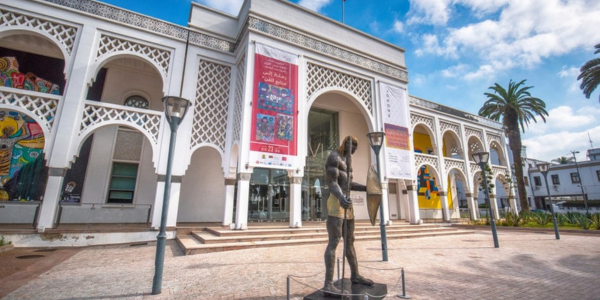A new government decree has, for the first time, officially recognized several paintings from the Mohammed VI Museum of Modern and Contemporary Art in Rabat as part of Morocco’s national heritage. The move marks a significant milestone in the country’s evolving approach to cultural preservation.
Opened in 2014, the museum has long positioned itself as a unique institution in the Moroccan art scene. With this new classification, some of its displayed works are now formally protected under national heritage laws. While the decree does not specify the exact number of paintings included, the list was published in the official bulletin, giving the decision legal force.
This step reflects a broader effort to embed modern art into Morocco’s collective memory, elevating contemporary visual culture to the same level of importance traditionally reserved for historical monuments and artifacts. Choosing the Mohammed VI Museum for this symbolic first is no coincidence. Located in the capital, the museum represents the cultural modernity of the Kingdom and plays a central role in shaping public engagement with art.
By extending heritage protections to contemporary artworks, the state is setting a precedent—becoming the first in the country’s history to officially recognize modern visual art as part of its national legacy. This decision paves the way for similar initiatives, both within this museum and across other cultural institutions in Morocco.
